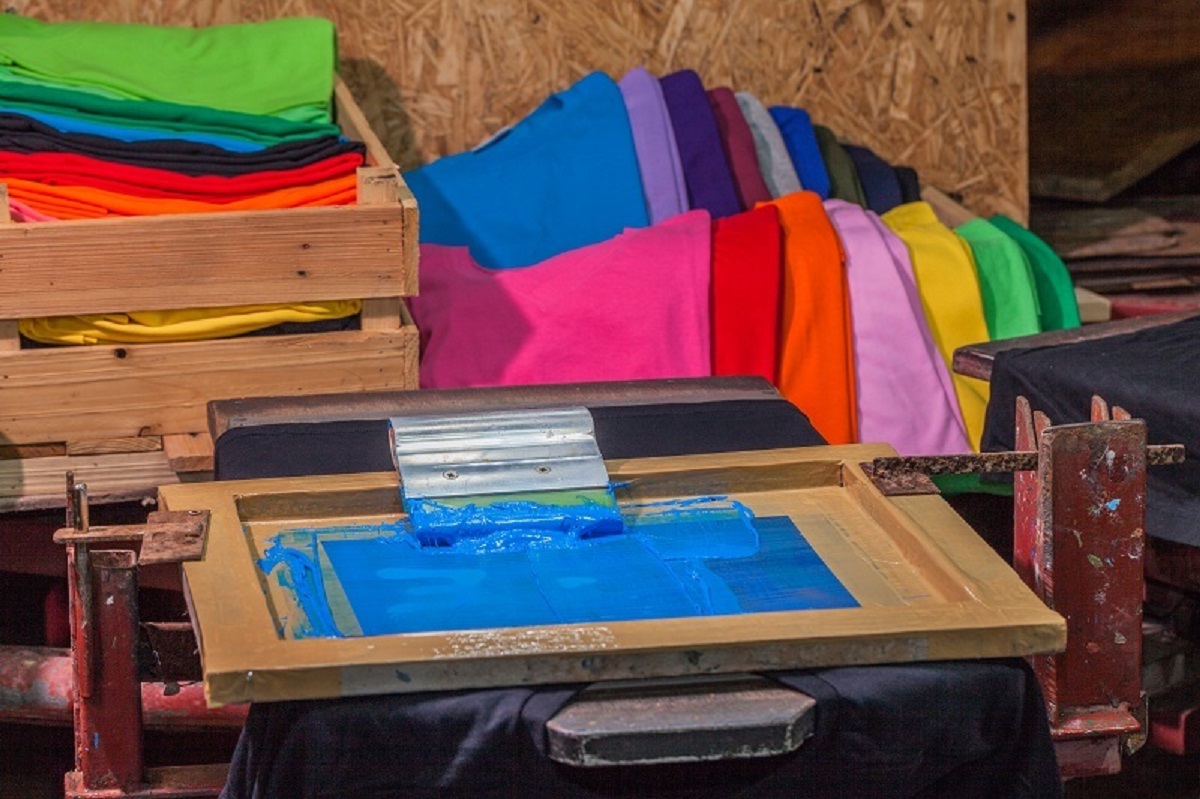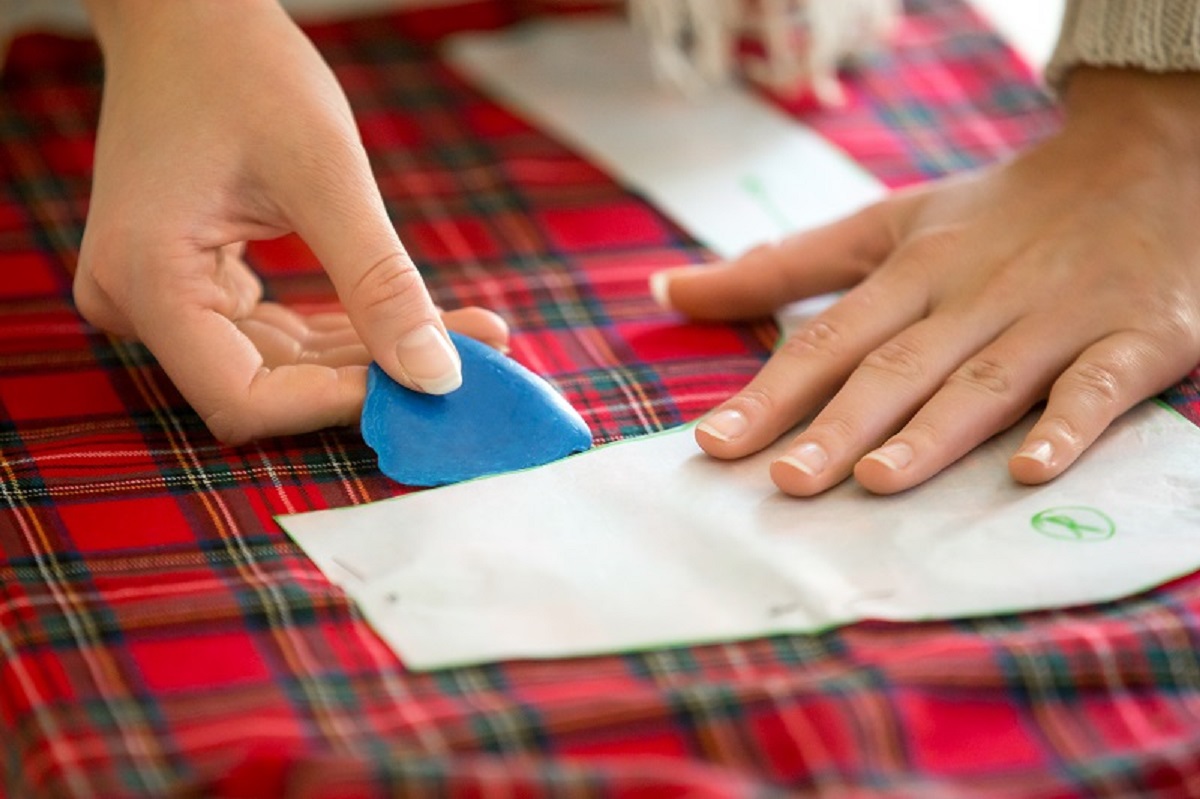Table of Contents
Appearance attracts attention. No matter how much we deny it, the first thing that attracts a human mind is the appearance and presentation of anything it could be a book cover, movie poster, brand posters, clothing, etc. to make things look attractive, screen printing is used to provide an elegant and classy look.
Screen printing is an advanced and the most used form of printing in today’s market. Initially, it wasn’t as famous as it has been since a decade. Ever since the public has understood how it work and its benefits, the popularity is off the charts. It is the go-to method for every artist when it comes to printing due to its sharp features and its authenticity it provides after the work is done.
Another name of screen printing is serigraph printing. Most of the time, this kind of printing is used on silk, but it can also be used on metal, glass, fabric, plastic, wood or paper. This process is done by using a mesh screen, blade or squeegee, ink and a blocking stencil.
How Is Screen Printing Done?

Screen printing is done using a mesh screen that allows the transfer of ink onto the desired material through a stencil. The step-by-step process of the same is mentioned below:
- Step 1: The first phase of this process is to decide the desired design that needs to be printed and the kind of mesh screen required depending on the complexity of the design.
- Step 2: The mesh screen is then coated with a light-reactive emulsion. Generally, the mesh screen is made of polyester. However, other materials like nylon or stainless steel can also be used.
- Step 3: After applying the emulsion, allow it to become dry and firm onto the screen under light for 24 hours.
- Step 4: Once the emulsion is dried and ready for casting the design, the design is applied firmly on the screen and kept untouched, under the influence of ultraviolet light for casting the impression.
- Step 5: Once the ink has dried, wash it well with water to remove any unwanted marks. Then, your desired stencil is ready.
- Step 6: The item that needs to be printed is kept underneath the screen. Ink is properly applied from the top end of the screen till the bottom very carefully, and then with the help of a squeegee, the ink is precisely pushed from one end to the other to print the design.
- Step 7: Your printed product is ready. Make sure you wash it well before selling, and also use a dryer to ensure the ink that has been used has dried onto your product.
Advantages Of Screen Printing:

- Cost-effective- This printing is used for larger-scale production, so various stencils can be reused many times, which helps is keeping this printing process quite low on budget.
- Precise and detailed printing- Screen printing helps in allowing complicated designs to be casted on items easily, which seems rather difficult through other processes.
- Long-lasting quality- The durability and consistency of texture of the design imprinted onto the item are long-lasting due to the thickness and strength of the ink used.
- Elegant and vibrant touch- Lastly, the final look of the print is impeccable with perfect colour filling and design accuracy. It makes any product look neat and attractive.
Conclusion
Screen printing is a widely used process and if you are interested in printing any product, make sure to get in touch with an experienced screen printing expert. Hopefully, with this article you have understood all the necessary details about screen printing, so you can finally get on board!



